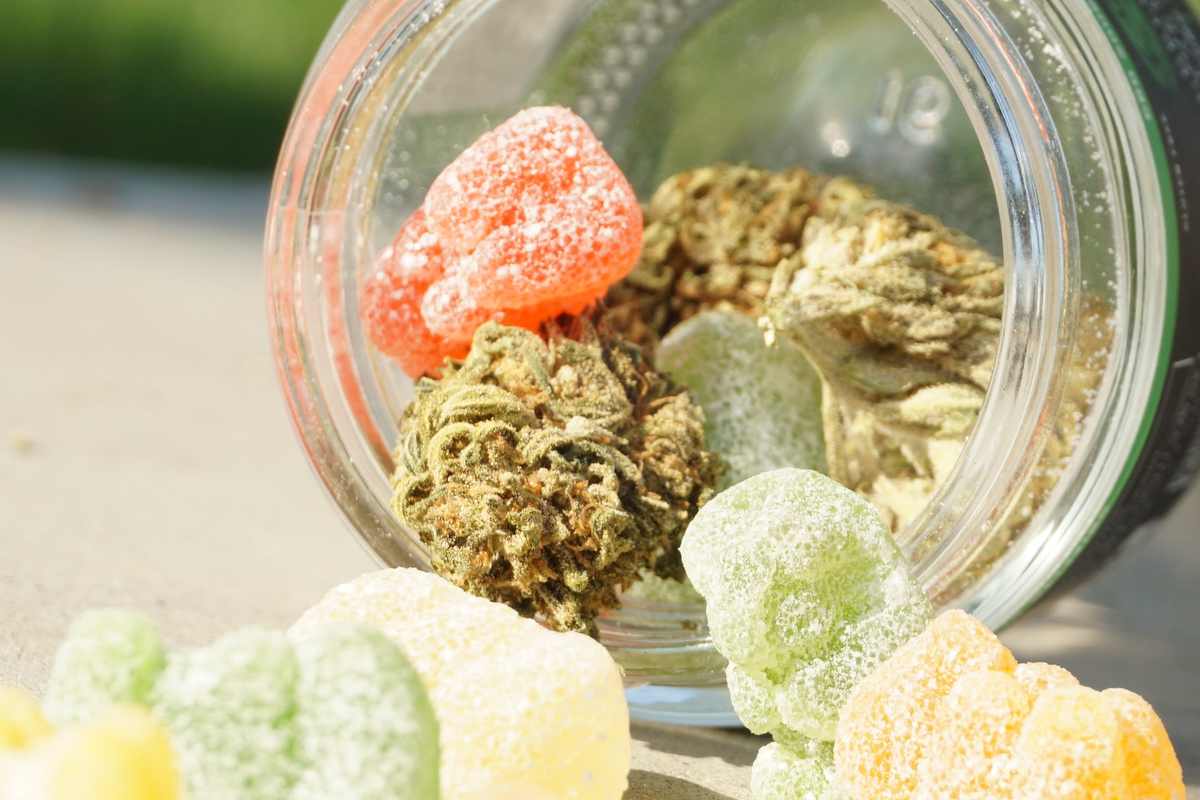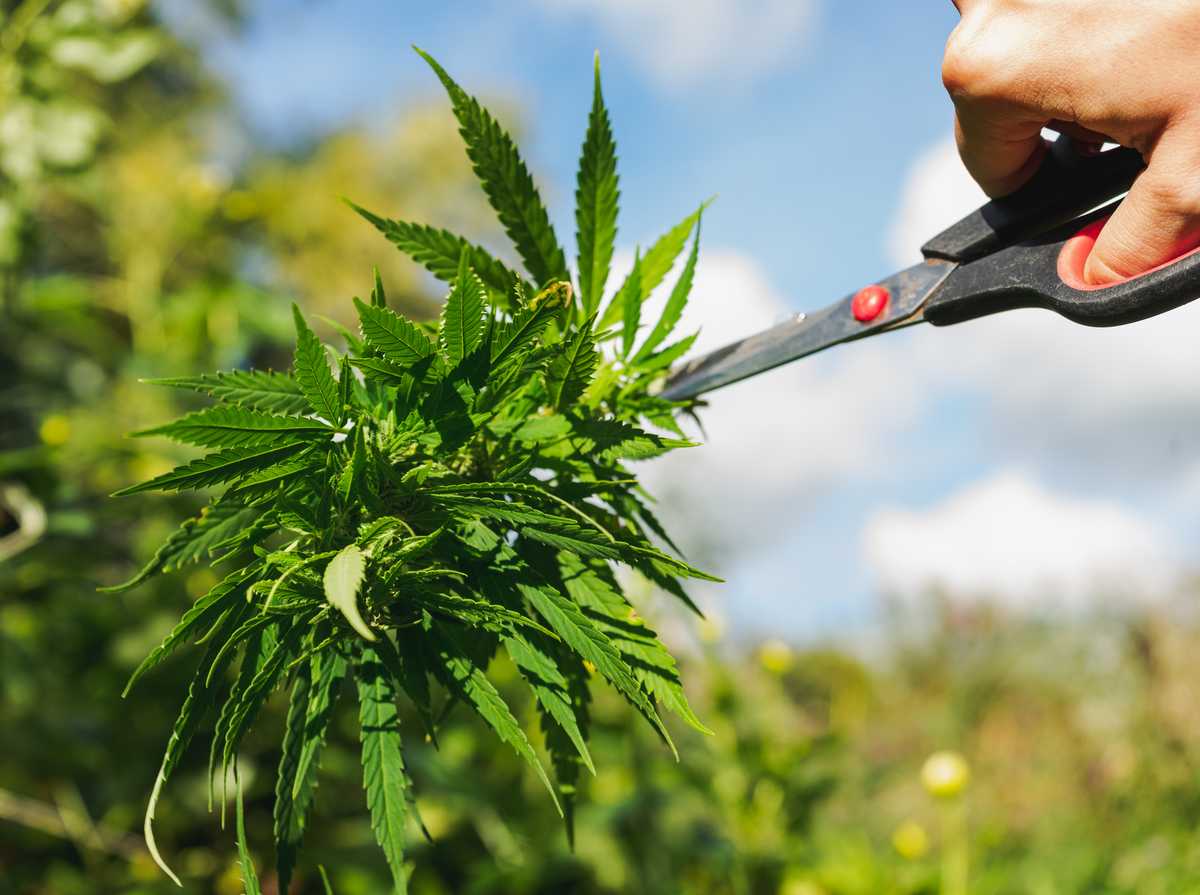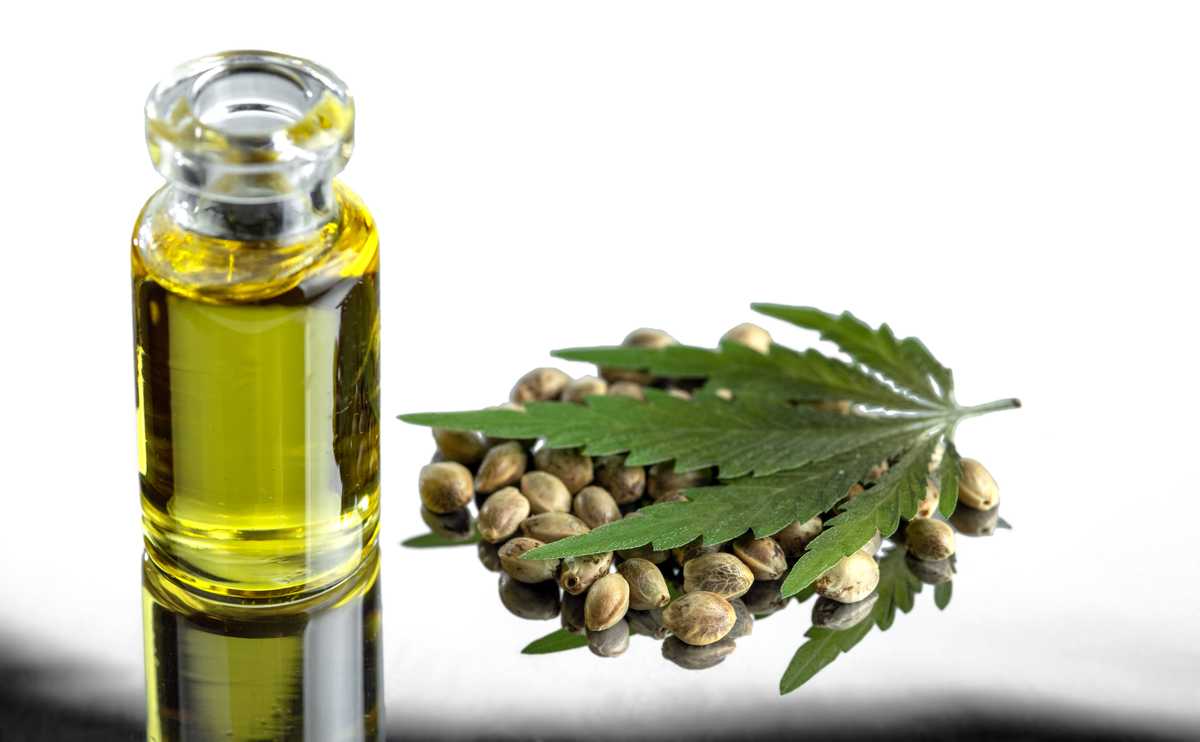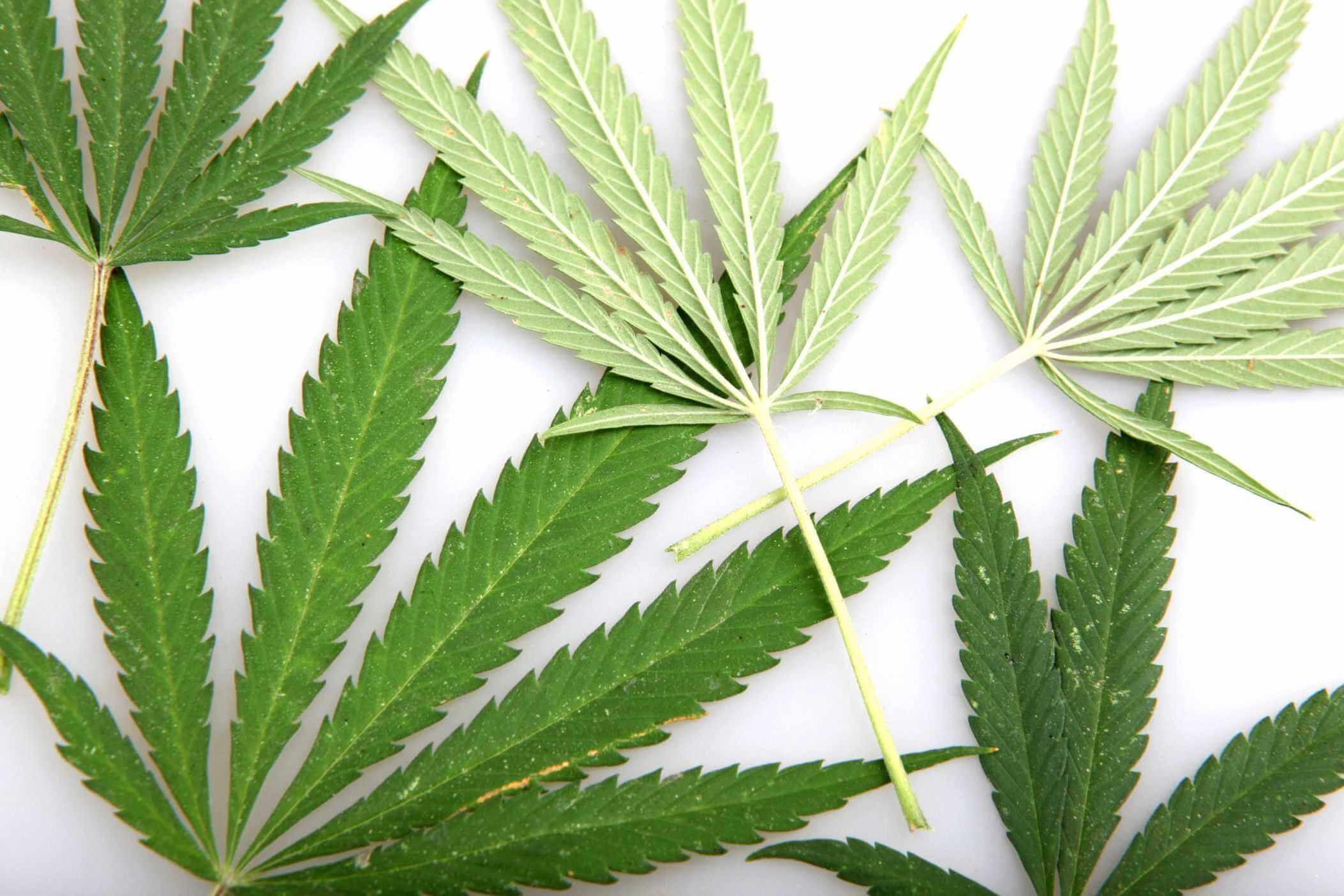
The Differences Between Marijuana and Hemp
Walking down to the Sunday Markets, you will see Hemp bags and shirts, but you won’t see Marijuana openly sold. But hemp is cannabis and marijuana is cannabis, so what is the difference between marijuana, hemp and cannabis?
- How is Hemp legal while Marijuana is illegal?
- Does Hemp and Marijuana both come from the same plant?
- Does CBD come from Hemp or Marijuana?
- Can you get high from Hemp?
Let’s take a moment to walk through the differences between Hemp and Marijuana in an easy to understand format.
What Is Cannabis?
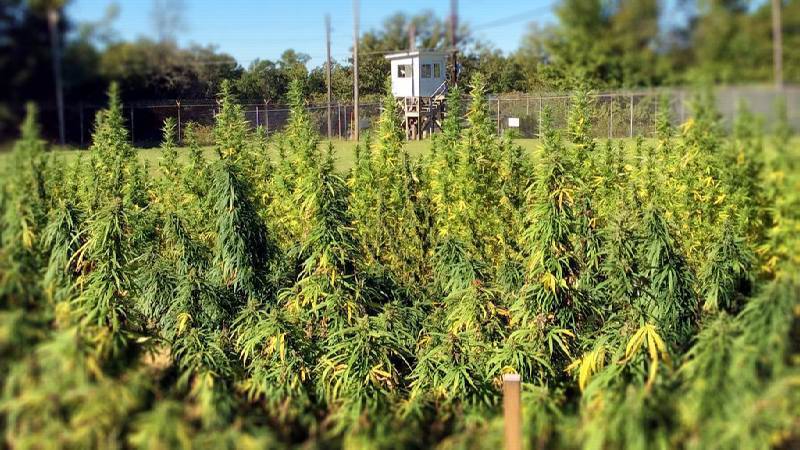
Cannabis is a type of flowering plant found in the Cannabaceae family. The Cannabaceae species consists of Cannabis Ruderalis, Cannabis Indica, and Cannabis Sativa.
We hear the media refer to Hemp and Marijuana as being a “species” or “strain of plant”, but this isn’t entirely true.
Hemp and Marijuana were adopted into our culture as classifications of Cannabis, but this isn’t entirely true either.
To understand the real differences between Hemp and Marijuana, we’re going to look into each term and discover how these relate to Cannabis.
What is Hemp?
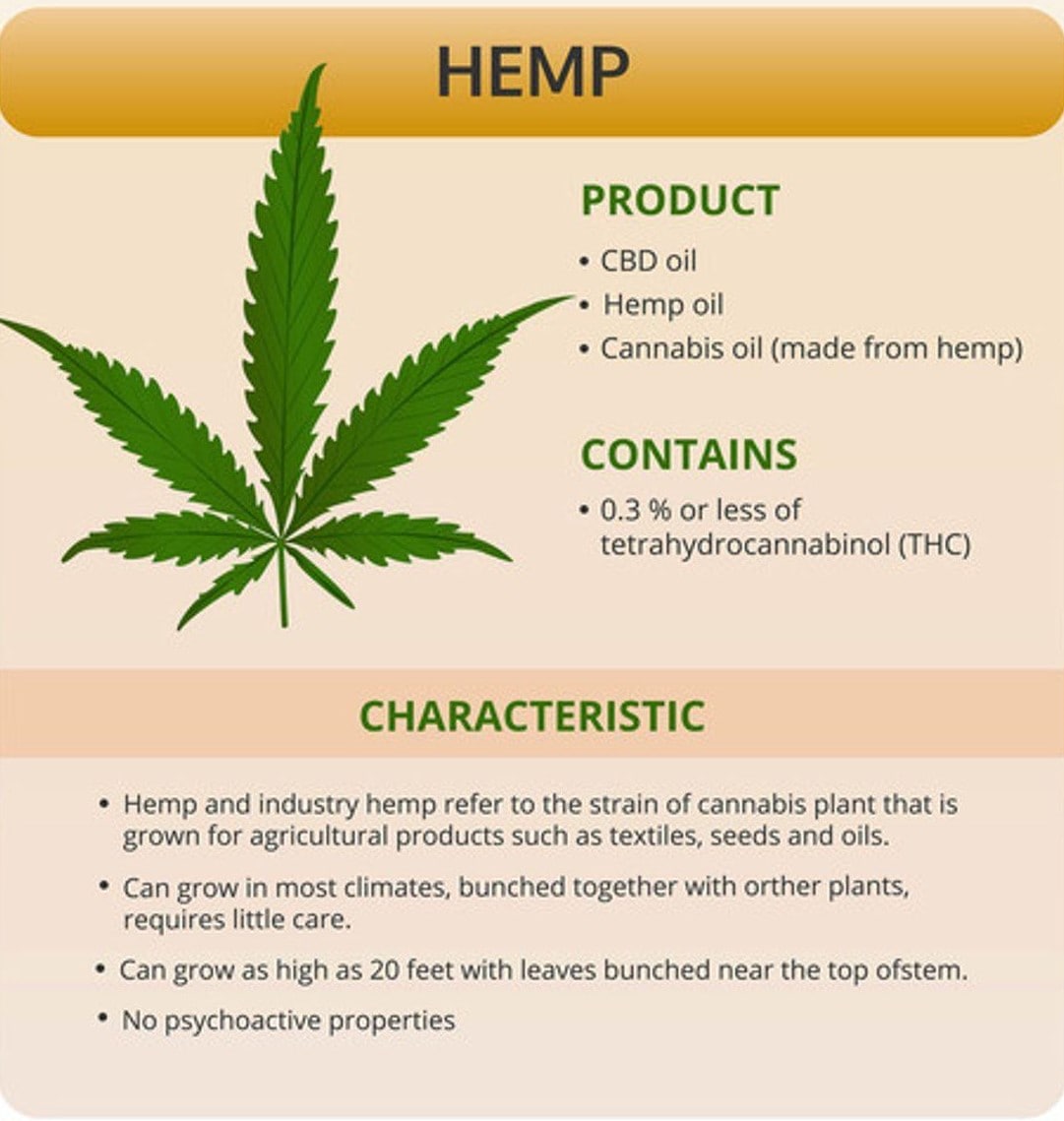
Hemp is considered non-intoxicating Cannabis that is cultivated and harvested for materials and ingredients.
“Hemp” is internationally considered a form of Cannabis that contains 0.3% or less THC content 0.3% or less THC content.
The legal definitions of Hemp vary, but it usually focuses on containing 0.3% of THC content and is measured by dry weight.
Hemp has been used as far back as 10,000 years ago and has been a crucial part of mankind’s agricultural history.
Hemp is used to produce Beer, Sunscreen, Oils, Clothes, Soap, Concrete, and so much more. There are even plans to bring hemp batteries to cars and smartphones in the near future.
What is Marijuana?
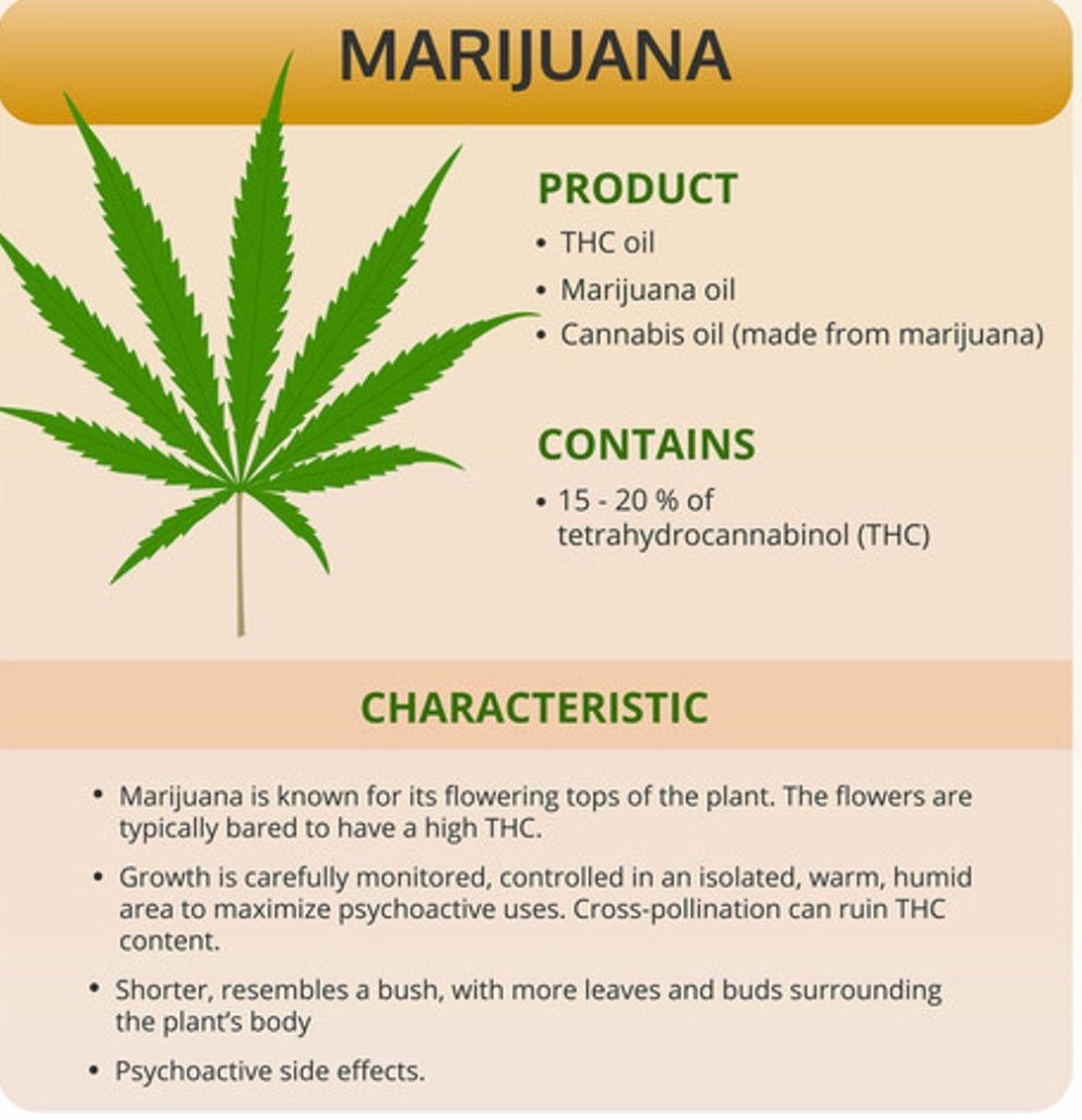
“Marijuana” is a relatively new term used to identify forms of Cannabis that contains more than 0.3% of THC.
THC (tetrahydrocannabinol) is the chemical responsible for Marijuana’s psychological effects.
The THC acts like the Cannabinoid chemicals made naturally by the body. The Cannabinoid receptors are in the areas of the brain associated with:
- Thinking
- Memory
- Pleasure
- Coordination
- Time Perception
The word “Marijuana” originated in North America and was born between the Mexican and U.S. cultures. This became mainstream when the U.S. started criminalising Marijuana and denounced it as a healthy part of Mexican culture.
Newspapers and radio covering the governments “anti-marijuana” laws and pushed the “Reefer Madness” propaganda. This was then adopted by other western countries and made “Marijuana” the standard term for Cannabis with intoxicating effects.
The Confusion Between Hemp and Marijuana

The simple way to look at differences between Hemp and Marijuana is that:
- Hemp has a THC content of 0.3% or less, is non-intoxicating and used for materials or ingredients
- Marijuana has a THC content of 0.3% or more, is intoxicating and is used for recreational and medicinal purposes
The most obvious part of defining both categories of Cannabis is the THC content. But this is also oversimplifying the differences and skews the portrayal of Cannabis to look like a drug.
Here is a visualisation of the Cannabis Ruderalis, Cannabis Indica, and Cannabis Sativa plants:
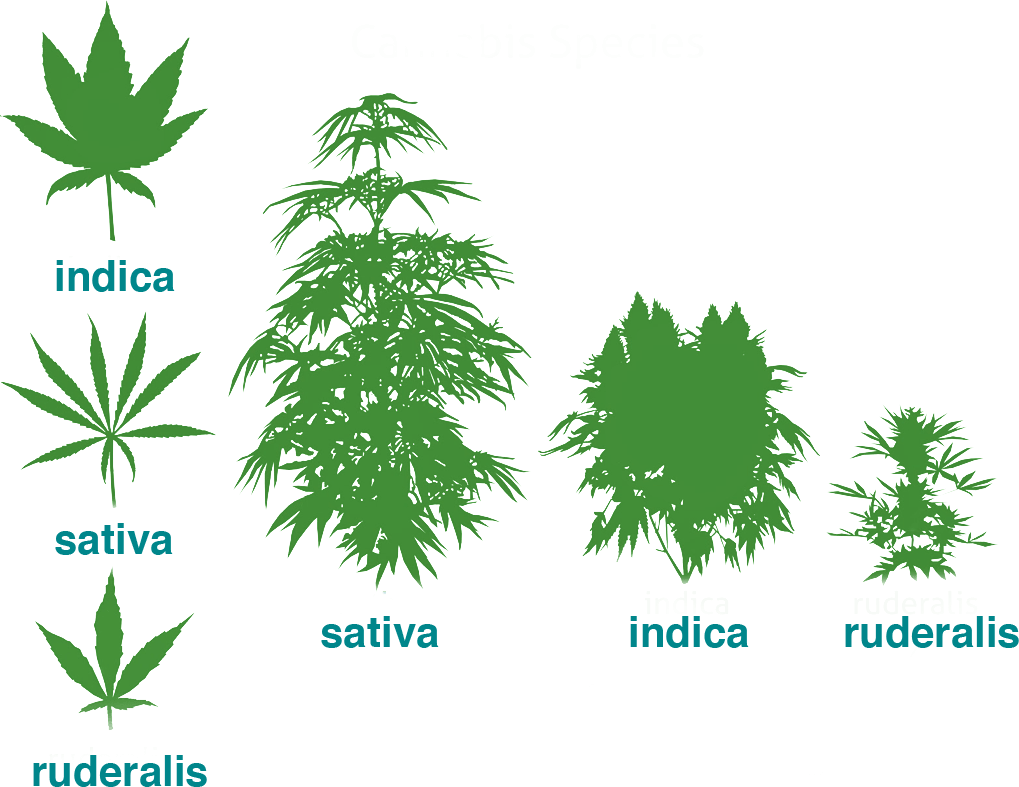
Classifying the Hemp and Marijuana plants based on THC content is the same as categorising all fruit by sweet or sour.
Different Hemp and Marijuana plants can have significant visual differences. There is even a native Marijuana plant in Australia that has adapted to our climate and looks completely different from the typical plants seen below.
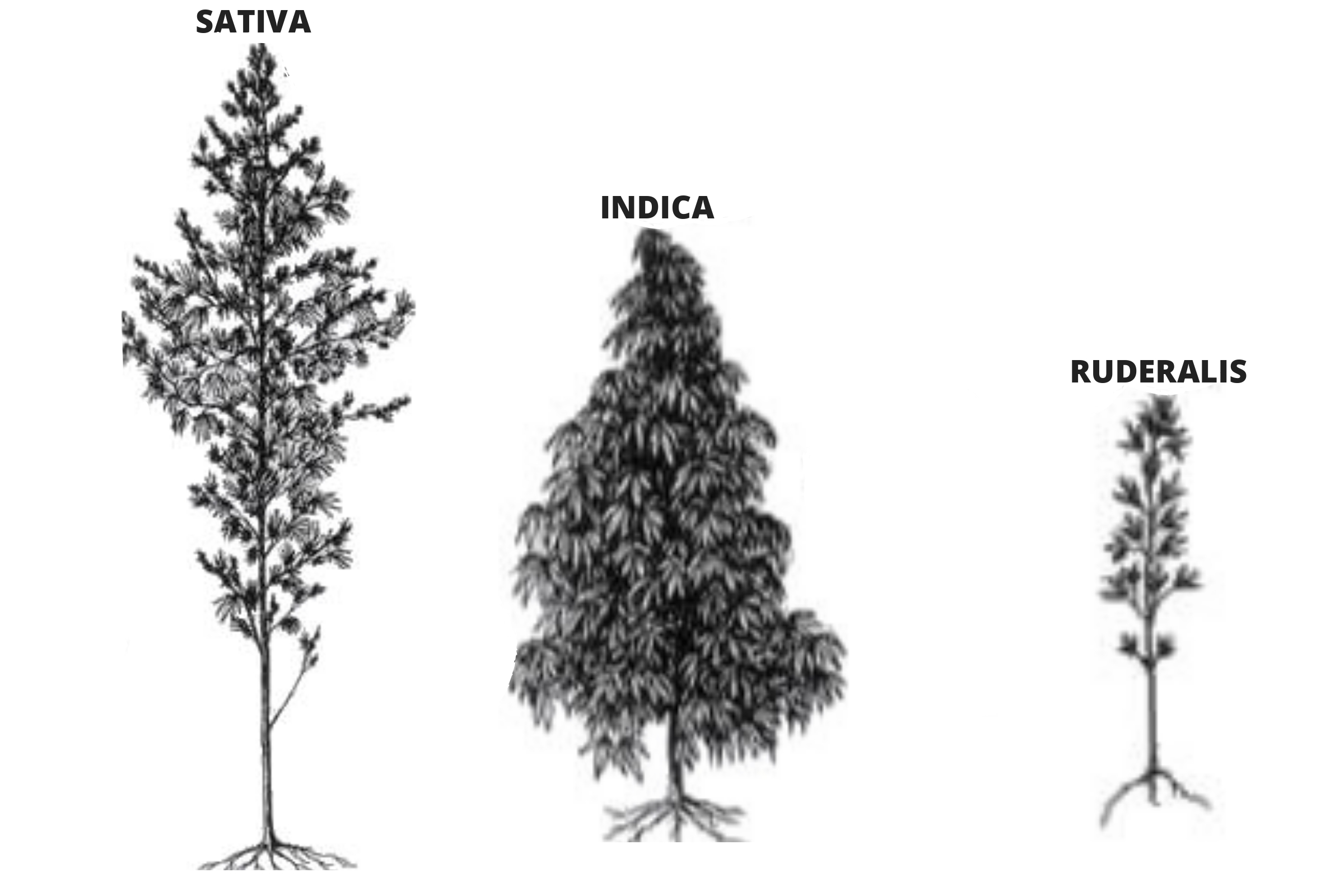
These misconceptions still linger, and even though Hemp is completely legal, police are still confiscating these plants due to them looking ‘similar’ to Marijuana plants. A Hemp Company sues the police after mistaking their legal Hemp plants for Marijuana.
The terms and public understanding of Marijuana is so ingrained in society that there’s no going back. Canada is pushing a re-education campaign about the safe uses of Marijuana and the differences between Hemp and Marijuana. Hopefully, Australia, starting with the ACT, Canberra will be the first to start.
People growing Hemp and Marijuana, when decriminalised in Canberra, will need to be aware of public perception and the legal system to avoid any legal complications.
Summary Of Hemp and Marijuana
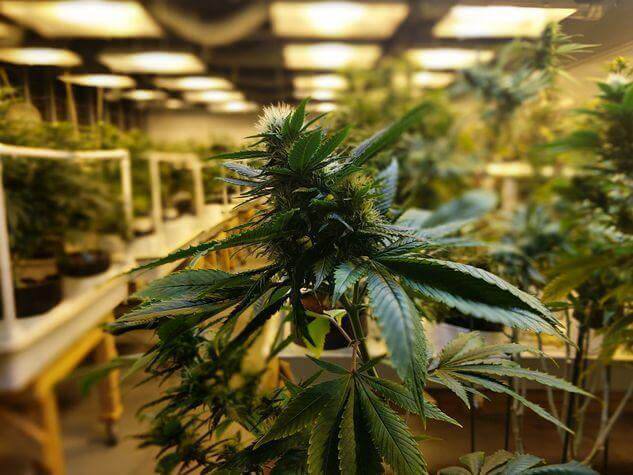
Hemp and Marijuana are different in more ways that one. They may look completely alike, or they could be indistinguishable.
Hemp is widely recognised as a material for clothes, paper, and even batteries, and as an ingredient in beer, foods and body creams and oils.
To understand the core differences between Hemp and Marijuana, we have four remaining points that helps new Cannabis Place users understand the difference.
Legal Point Of View
The law may vary per country, but the legal definition of Hemp and Marijuana are relatively the same.
The legal difference between Hemp and Marijuana is determined by the THC content and measured by their dry weight.
Hemp is categorised as a Cannabis plant that has 0.3% or less THC content.
Marijuana is categorised as a Cannabis plant that has 0.3% or more THC content.
Growing (Cultivation)
Similarly to the legal point of view, the core difference between Hemp and Marijuana is the chemical composition.
CBD (Cannabidiol) is a chemical composition found in both plants that are used for medical purposes. CBD is non-intoxicating and widely used as an ingredient in oils, creams and pharmaceuticals.
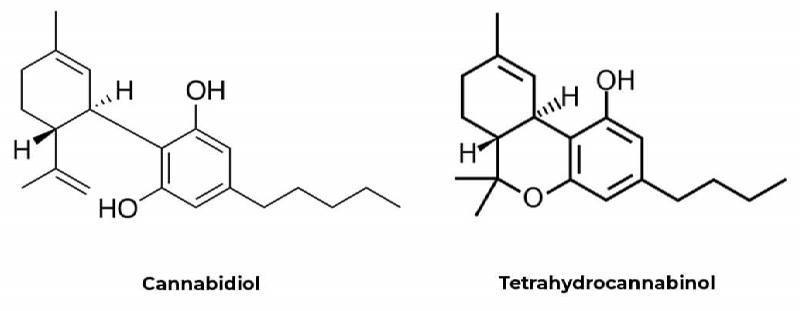
Usage
Hemp and Marijuana are only growing in popularity, and use with both offer a wide range of applications in Australia.
Marijuana is referred to as the “miracle” drug that has effectively treated Epilepsy, Cancer pains and general chronic illnesses.
The THC content in Marijuana acts as a psychoactive agent that has become popular for its mind-altering and euphoric effects on the brain.
Hemp is referred to as the “miracle” material that has proved cheaper to cultivate, stronger than alternatives and is exceptionally eco-friendly.
Our favourite new use of Hemp is with batteries. Hemp Batteries is proven to last longer, charge faster and has less of a negative impact on the environment compared to its lithium counterpart.
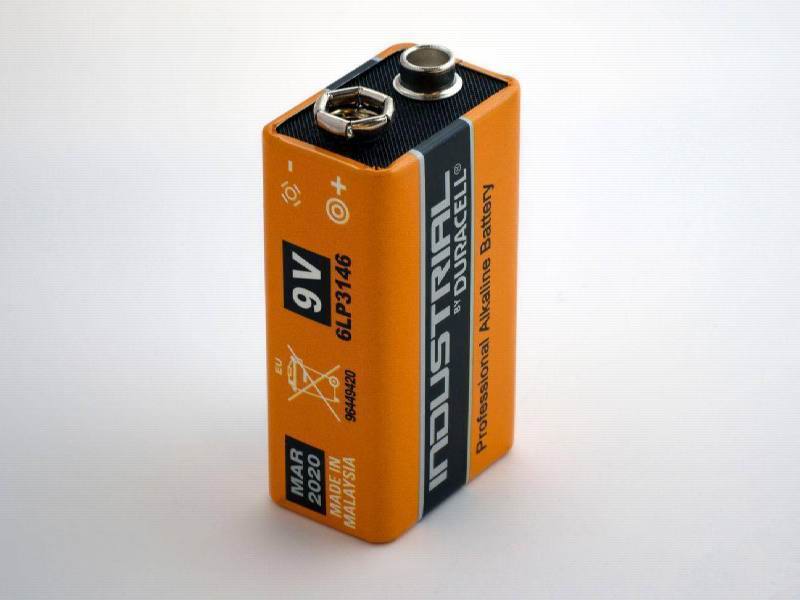
Hemp is also used for:
- Medicinal products with its CBD chemicals used for oils, creams and medicines.
- Food ingredients for oils, hemp seeds, flour and more.
- Hemp industrial components for paper, concrete, plastics and clothing.
The Difference Between Hemp CBD and Marijuana CBD
CBD is a natural chemical composition found in all types of Cannabis Plants. For the past decade, there have been medical marvels found from the use of this CBD Cannabis component.
Cannabis’ CBD as a medical treatment went viral after its amazing effects at treating seizure frequency in epileptic children without any intoxicating effects.
Victoria has recently gone as far as using medicinal Cannabis to treat more than 30 children with epilepsy. Madison Williamson, 15 years old, has been taking medicinal Cannabis for the past 10 months and hasn’t had a seizure once. Previously she would have up to 50 seizures a day Previously she would have up to 50 seizures a day.
The main difference between CBD from Marijuana and Hemp is simple. Marijuana is harvested for its flower buds. The Marijuana flower buds contains THC (intoxicating) and CBD (non-intoxicating).
For Hemp its the plant seeds and stalks that are harvested. These parts of the Hemp plants contain low THC amount and high CBD amounts for oils. Hemp oil usually has trace amounts of CBD (less than 5%), but concentrated amounts are produced for medical purposes (up to 15-25%).
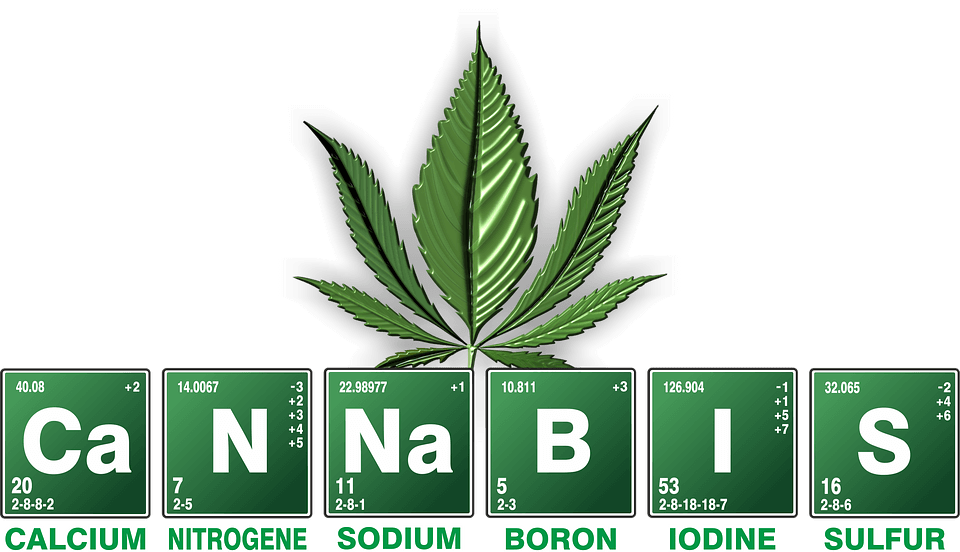
Australia’s Use Of Hemp & Medicinal Marijuana
As of November 2017, Australia’s Food Standards Code Permits the sale of Hemp food products. As long as the THC content is low, then Hemp seeds can be sold and consumed.
Generally, Hemp has been used for industrial products, for clothes, paper and even batteries. Australians looking for more eco-friendly and healthier options, Hemp is making a massive impact on our food industry.
Hemp seeds are naturally rich in oils, they contain over 30% fat and contain essential fatty acids, linoleic acid (omega-6) and alpha-linolenic acid (omega-3). They are also a great source of high-quality protein.
Australia has always been consumers of Marijuana, however, as of 2016, we have legalised medicinal Marijuana and are decriminalising the recreational use of Marijuana in Canberra (est. 2020).
The government’s Special Access Scheme allows adult and child (depending on state and condition) to access THC and/or CBD infused medicinal products.
The primary use of medicinal Cannabis products in Australia is for chronic illness, pains, Cancer pains, M.S., Epilepsy, Spinal Injuries and many more.
The Epilepsy Action Australia group has found that an estimated 40% of Epilepsy patients had the frequency of seizures halved. 5% of patients became seizure-free. When heavy drugs are no longer working, more and more Australians with epilepsy are turning to medicinal Cannabis for treatment.
Conclusion of Hemp & Marijuana
Hemp is making a significant impact on Australian industry as a cheaper, stronger and healthier alternative to other materials and ingredients. Though Hemp looks similar to its Marijuana counterpart, it has little-to-no intoxicating effects. The Hemp stalk is used for industrial materials, and the hemp seeds are used for healthy ingredients in foods.
Every Australia is seeing the headlines about Marijuana being a medical miracle since its legalisation in 2016. No longer do we look at Marijuana as a recreational drug but as a treatment for patients in need.
Results speak louder than words, and Cannabis has hugely positive results in Pharmaceuticals and Industry in Australia. The future is bright. The future is green.
References:
- Hemp product Office of Drug Control
- FAQ Hemp Office of Drug Control
- Industrial Hemp Production
- Critical Overview of Australian Approaches to Cannabis
- Why cops can’t tell Hemp and Marijuana apart

James King
James is an experienced writer and legal cannabis advocate in Australia. He answers all the questions about business, legalisation and medicinal cannabis.
Disclaimer: Cannabis Place are not doctors and we recommend consulting health professionals for accurate information. This site may contain information regarding drugs. This medicinal cannabis content is designed for an 18+ audience. Click here for our full disclaimer
